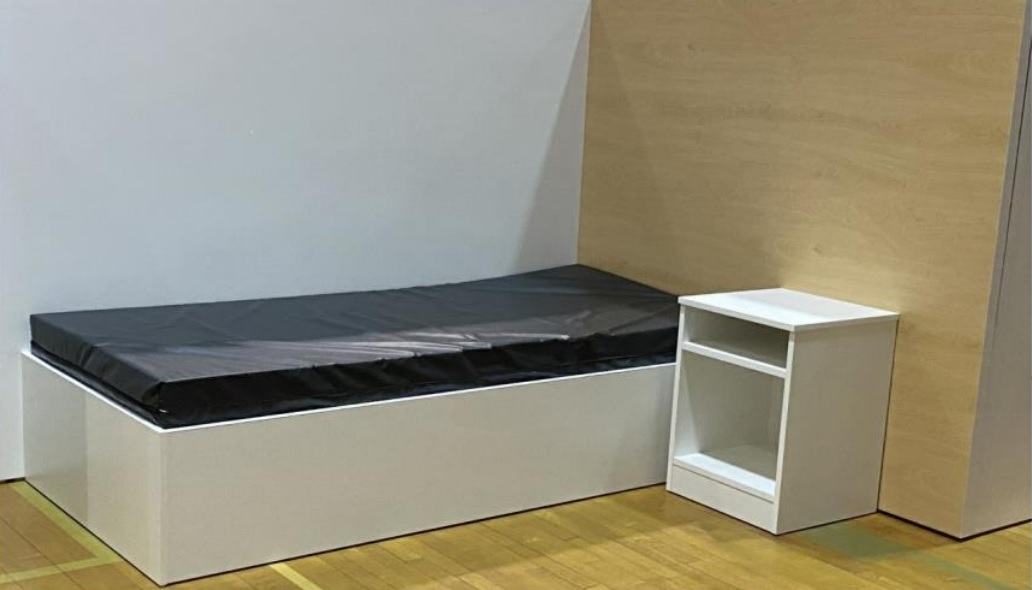Work on converting a building along Cranbrook’s 16th Avenue North into a year-round homeless shelter will start in the near future, according to BC Housing.
There is no set timeline yet, but officials said renovations should be done by the end of this year.
“Based on the information I know today, renovations to the former fitness facility should be completed in late 2023,” said Nanette Drobot, BC Housing’s regional director for the Interior. “Lots can happen that could change the timeline, but we’ll have a better idea once construction gets started.”
The planned shelter has been in the works since early 2021 when Cranbrook city council first voted to rezone the building.
Once finished the shelter will have 40 beds, while the existing shelter in the Travelodge has 45.
“There’s a very good probability that, because homelessness is on the rise in communities, we will always be in a deficit position in terms of availability of shelter beds,” said Drobot. “If we have 40 beds, what we’re hopeful for is that the other options in our toolbox in terms of options to get people housed will really help people find a home.”
Drobot said rent supplements are an option for people looking to get into permanent housing, however, rental units can be hard to come by.
The Community Connections Society of Southeast B.C. also has services aimed at helping people get housed.
“Community Connections has been super successful in trying to transition people out of the shelter and into more permanent housing options,” said Drobot.
Drobot said the organization has helped 62 people find housing or return to their previous homes.
“This is a significant statistic. It really helps to understand how successful their work is and what an incredible community asset they are,” said Drobot.
Once the new shelter is opened, it will be operated by the Community Connections Society.
They may have options to expand in the future if needed.
“We’re always looking at ways to work collaboratively with our partners to figure out what other housing options could be available at that site as well as other site options,” said Drobot. “We don’t want people stuck in shelters, we want people moving on into housing, and ofter supportive housing is that next step.”




